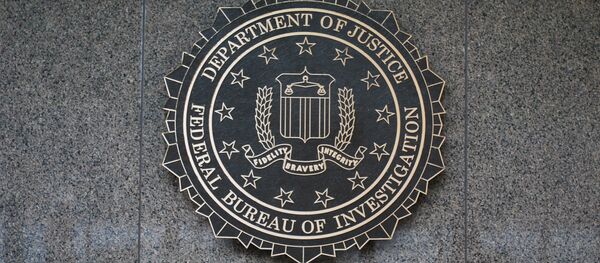After Snowden began releasing top-secret documents two years ago, the NSA started building a one-of-a-kind cloud computing system. While it may seem counterintuitive to store all data in one place, the agency’s GovCloud controls what information analysts can access.
Each piece of data collected by the NSA over the last two years has been tagged with bits of information, including where it came from and who is authorized to see it in preparation for the agency’s cloud transition, Nextgov reported.
Data in the GovCloud doesn’t show up to analysts if they aren’t authorized, trained or cleared to see it, according to NSA Chief Information Officer Lonny Anderson.
“While putting data to the cloud environment potentially gives insiders the opportunity to steal more,” Anderson told Nextgov, “by focusing on securing data down at cell level and tagging all the data and the individual, we can actually see what data an individual accesses, what they do with it, and we can see that in real time. So we think this actually dramatically enhances our capability.”
NSA cloud strategist Dave Hurry added: “We don’t let people just see everything; they’re only seeing the data they are authorized to see.”
Previously, NSA data repositories contained log files that had to be manually reviewed – a huge task that enabled Snowden to go undetected as he spent months going through multiple NSA systems.
GovCloud automates those monitoring processes and alerts network security personnel when a user attempts to “exceed limits of authority,” Anderson said, adding that the system, if in place two years ago, would have stopped Snowden.
“The [GovCloud] system could prevent it,” Anderson said. “But what it would have immediately done is highlighted and told our network security heads that someone is pulling a lot of data.”
The NSA also claims that its GovCloud will also to comply with laws governing data preservation or retention – although only the secret agency itself will know if it is complying with those laws.
“We think from a compliance standpoint, moving from a whole mess of stovepipes into a central cloud that has a lot more functionality gives us more capability,” Tom Ardisana, technology directorate compliance officer at NSA, was quoted as saying by Nextgov.
Three weeks ago, the NSA transitioned three of the biggest legacy data systems into its cloud environment – a move Anderson called “a huge step forward.”
Those old servers – some of which contain decades' worth of data – will be destroyed and their data deleted, Anderson said.





